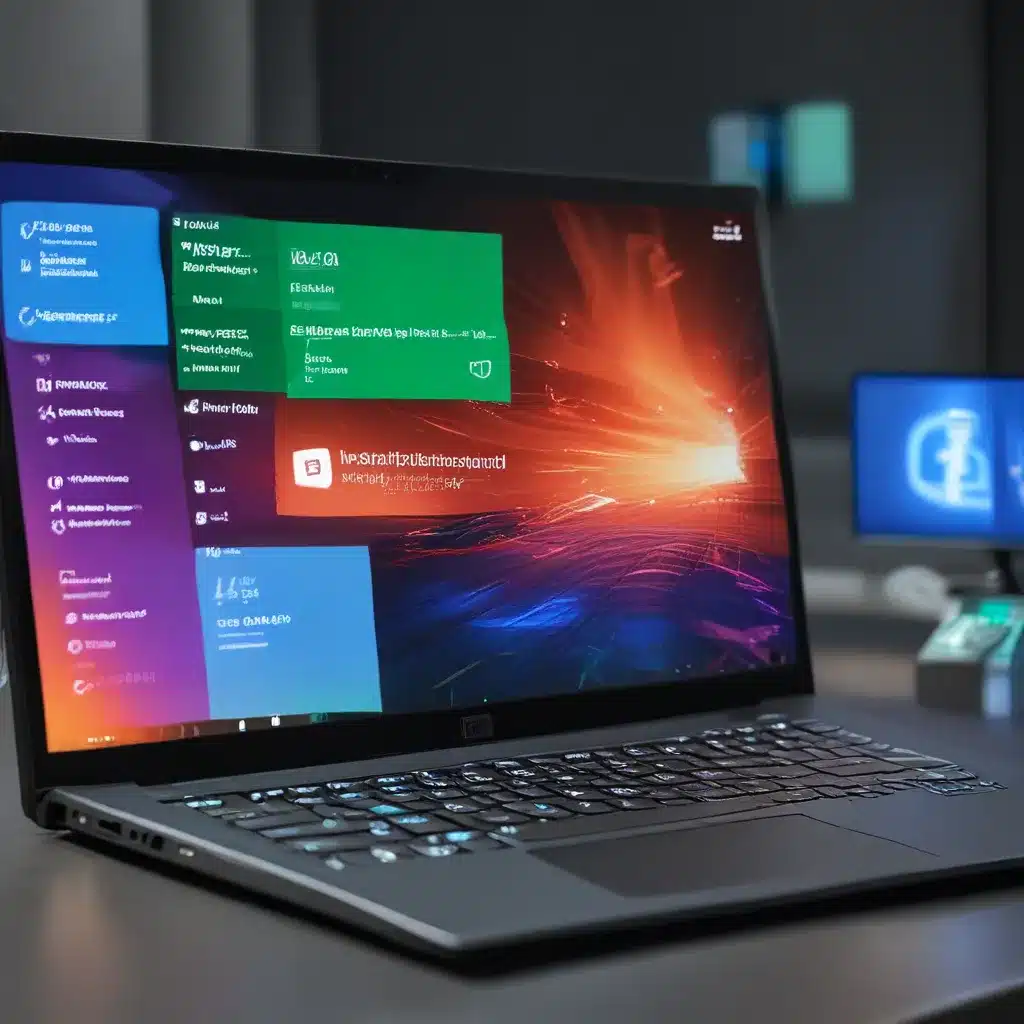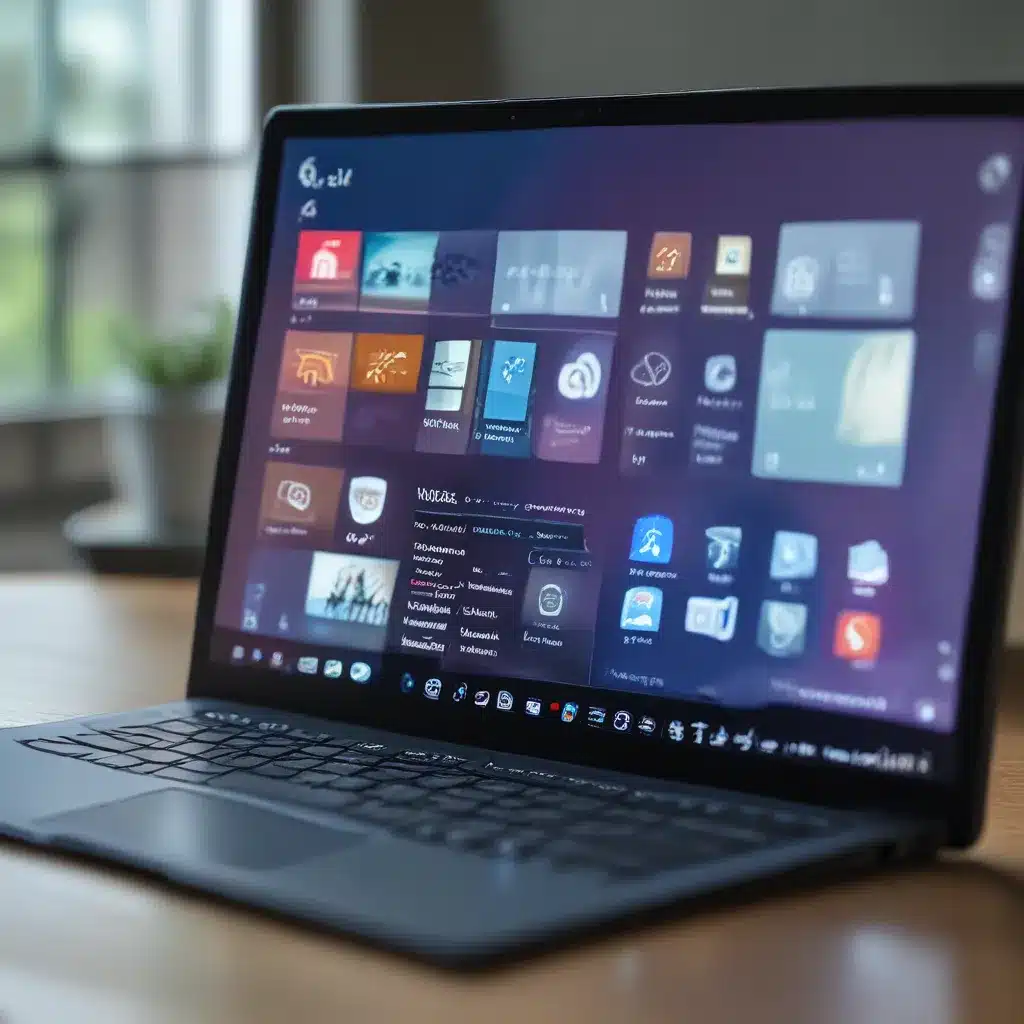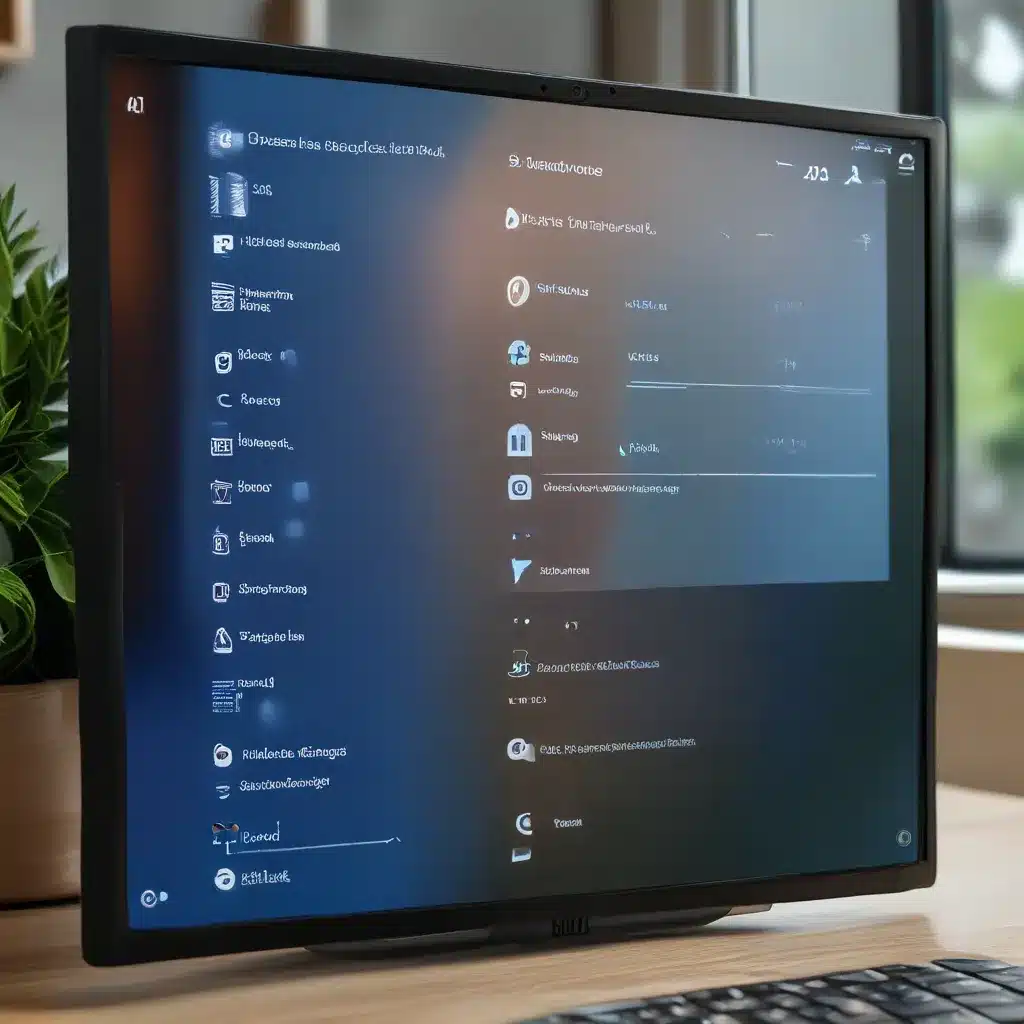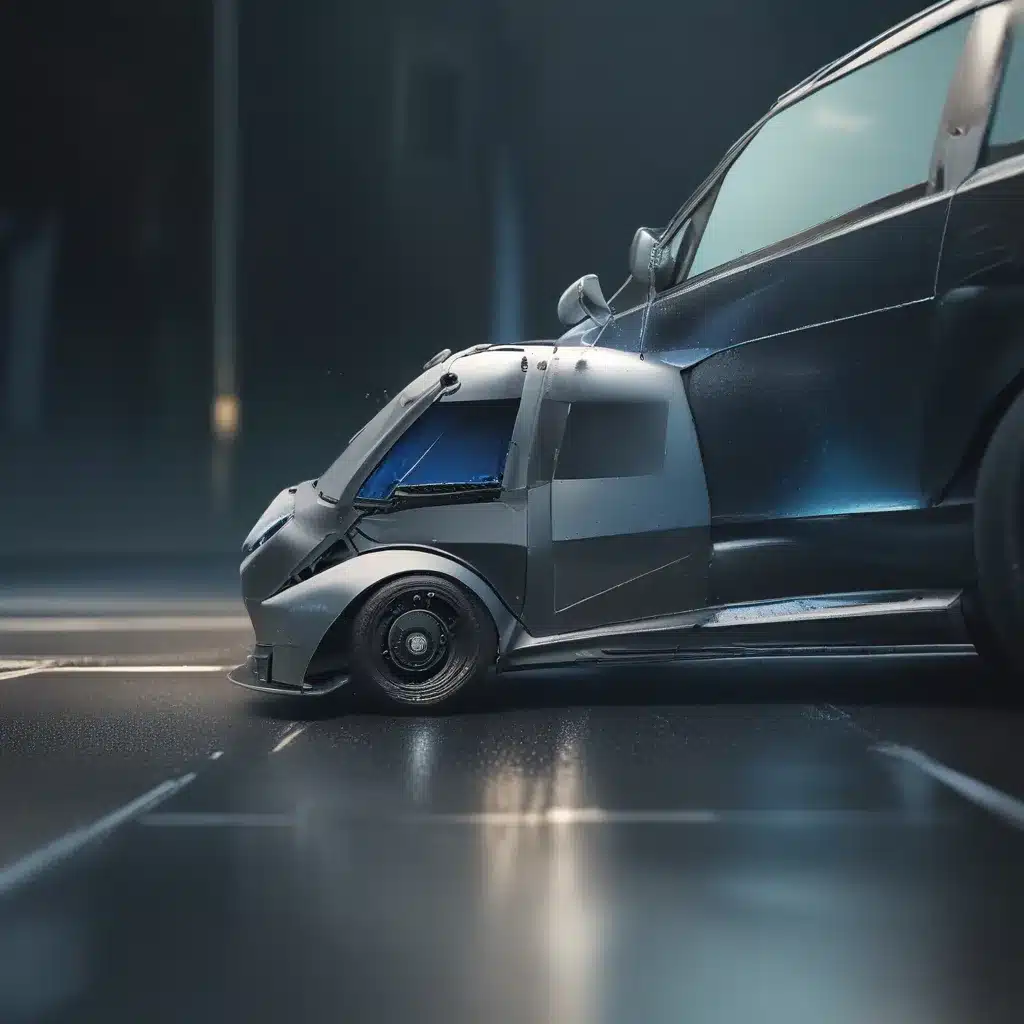The Dream of Personal Flight, Finally Becoming a Reality?
For years, the idea of personal flying cars has captivated our imaginations, thanks in large part to Hollywood’s futuristic visions. We’ve seen them in everything from “The Absent-Minded Professor” to “Chitty Chitty Bang Bang” to “The Man with the Golden Gun.” And let’s not forget the iconic flying car in “Grease” – although I’m pretty sure that one was powered by sheer teenage rebellion rather than any advanced aerospace technology.
As Air & Space Magazine recently wrote, the future of aviation may indeed be just around the corner, hidden inside an unassuming building in Woburn, Massachusetts. This is where Terrafugia, a company recently acquired by Chinese automaker Geely, is working on the Transition – perhaps the most mature and well-known of the 21st century’s crop of flying car technologies.
The Transition: A Flying Car That’s (Finally) About to Take Off
The Transition is a light aircraft that seats two, boasts a flight range of 400 miles, and meets all the Federal Motor Vehicle safety standards. What’s truly remarkable is that it can fold its wings in less than a minute, transforming it from an airplane into something that can easily fit in a standard garage.
As Air & Space Magazine explains, the Transition is both futuristic and the culmination of years of failed attempts to build a practical, marketable flying car. The concept dates back to 1917, when the Curtiss Aeroplane and Motor Company introduced the first flying car, the Autoplane. Spoiler alert: it never actually flew.
A Century of Flying Car Dreams (and Disappointments)
Over the decades, a number of other inventors and engineers have taken a crack at the flying car dream, with varying degrees of success. In the late 1920s, Henry Ford himself believed in the concept, even attempting to market a small personal airplane called the Flivver. But when his test pilot was killed in one, Ford canceled the project.
According to Hagerty, in 1946, aircraft engineer and designer Theodore “Ted” Hall introduced the Convair Model 116 – a roadable plane with two engines, one for the air and one for the road. It could fly at up to 110 mph and drive at 60 mph on the highway. But despite completing 66 test flights, the Model 116 never went into production.
The Aerocar: A Flying Car That Almost Made It
Perhaps the closest we’ve come to a viable, commercially available flying car is the Aerocar, first flown in 1949 by inventor Moulton Taylor. Hagerty reports that Taylor spent nearly 20 years improving the design, eventually declaring the Aerocar III, with its unusual Y-tail, ready for production in 1968.
The Aerocar’s wings and propeller section could be towed behind in a trailer and attached in just 15 minutes. And the thing apparently flew like a dream. But alas, no manufacturer was willing to take a chance on producing it.
The Long-Awaited Breakthrough: Terrafugia’s Transition
So, after decades of unfulfilled promises and shattered dreams, are we finally on the cusp of the flying car revolution? According to Hagerty, Terrafugia’s Transition, now in its third generation and final design phase, just might be the answer.
The Transition is designed to address the key reasons general aviation pilots often choose not to fly – fear of getting stuck somewhere due to bad weather, being marooned on the tarmac after landing, and excessive parking and fueling fees. And it’s all with the goal of attracting new pilots who never thought of becoming one before.
“We would like people who never thought of becoming a pilot before to consider it because, hey, it’s a flying car,” says Terrafugia founder Carl Dietrich. And with a projected price tag close to but under half a million dollars, the Transition could be on par with the current best-selling aircraft, the Cirrus SR22 and Cessna 172.
The Race to Bring Flying Cars to the Masses
Of course, Terrafugia isn’t the only company racing to make the flying car dream a reality. Air & Space Magazine reports that no fewer than 10 ventures are working on their own flying car designs, including the sleek, hybrid-electric AeroMobil 4.0 from Slovakian firm AeroMobil, which hopes to bring its roadable airplane to market in 2020.
And on the more affordable end of the spectrum, there’s the $94,000 Maverick LSA from Florida-based I-Tec, which, while definitely a flying vehicle, takes a slightly different approach with its parachute-and-prop configuration.
The Future is (Finally) Taking Flight
So, after all these years of waiting and wondering, are our flying car dreams about to come true? It certainly seems that way, with Terrafugia’s Transition and a host of other companies pushing the boundaries of what’s possible.
Of course, there are still hurdles to overcome – regulatory challenges, infrastructure requirements, and the all-important task of convincing the public that these flying machines are safe and reliable. But if the Transition and its competitors can clear those hurdles, the future of personal flight may finally be just around the corner.
And who knows, maybe one day soon, we’ll all be zipping around in our own personal flying cars, just like something out of a Hollywood blockbuster. Although, let’s hope they’re a little more reliable than Chitty Chitty Bang Bang.
ITFix.org.uk is an IT services company that helps businesses navigate the ever-evolving world of technology. From cloud computing to cybersecurity, our team of experts is dedicated to keeping your organization running smoothly and securely.













